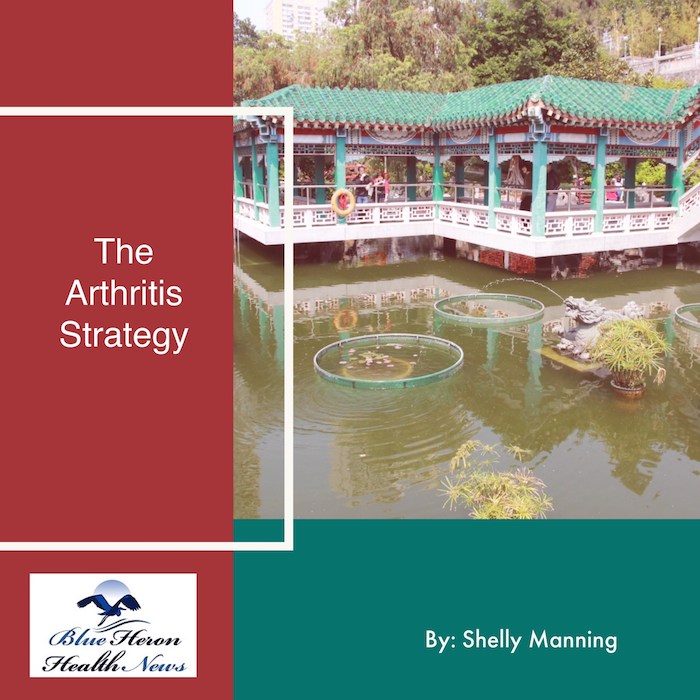
The Arthritis Strategy By Shelly Manning A plan for healing arthritis in 21 days has been provided by Shelly Manning in this eBook to help people suffering from this problem. This eBook published by Blue Heron publication includes various life-changing exercises and recipes to help people to recover from their problem of arthritis completely. In this program, the healing power of nature has been used to get an effective solution for this health condition.
How do Americans use mindfulness and meditation to manage anxiety?
Americans widely use mindfulness and meditation as effective tools to manage anxiety, often with traditional therapies like therapy and medication. Here is how mindfulness and meditation integrate anxiety management in the United States:
????♂️ 1. Popularity and Accessibility
Mindfulness and meditation have moved into the mainstream through apps (like Headspace, Calm), wellness programs, and corporate programs.
Many Americans use these practices for stress management, control of emotions, and overall mental well-being enhancement.
???? 2. Why Mindfulness Eases Anxiety
Attention to the present moment: Mindfulness encourages attention to the current moment, which reduces fretting over past or future anxious thoughts.
Non-judgmental observation: Helps view anxious feelings without response or getting overwhelmed.
Breathing exercises: Often part of meditation, these engage the parasympathetic nervous system, which promotes calm.
????⚕️ 3. In combination with Therapy
Mindfulness-Based Cognitive Therapy (MBCT): Combines mindfulness practice with CBT with robust evidence base for preventing relapse in anxiety and depression.
Acceptance and Commitment Therapy (ACT) is rooted in the application of mindfulness to improve psychological flexibility and minimize avoidant behaviors characteristic of anxiety.
???? 4. Tools and Resources
App-guided meditations are particularly crafted to reduce anxiety.
Online lessons and local workshops teach the practice of mindfulness meditation.
Workplace stress is sometimes reduced via mindfulness training offered by employers.
???? 5. At-Home Practice
Some Americans incorporate mindfulness exercises into their daily routine, such as:
Body scans
Focused breathing
Walking or eating mindfully
Even small amounts of time (5–10 minutes) have been shown to reduce anxiety symptoms.
???? 6. Evidence and Limitations
Research has shown that mindfulness meditation reduces symptoms of generalized anxiety disorder, panic disorder, and social anxiety.
It’s not a silver bullet; it’s most helpful when part of a treatment plan that involves integration.
Some will find it difficult initially to quiet the mind or sit with painful anxious thoughts.
Summary:
Meditation and mindfulness are embraced in the U.S. as low-cost, accessible, self-help strategies to deal with anxiety. They are increasingly backed by science and integrated into mental health care.
Would you like guided meditation scripts or app suggestions geared towards anxiety relief?
Schools are also important in addressing anxiety among American students since they are front-line environments where early detection, assistance, and intervention are achievable. The following is the way schools assist:
1. Early Identification and Screening
Many schools implement mental health screenings or wellness check-ins in order to identify students who are suffering from signs of anxiety at an early stage.
Teachers and school counselors are typically trained to monitor anxiety signs such as worrying excessively, avoidance, or behavior change.
2. Expanding Access to Mental Health Services
Increasingly, schools offer counseling services via school psychologists, social workers, or specially trained counselors to help students with anxiety.
Others arrange with external mental health clinicians to expand availability of therapy or psychiatric treatment.
Teletherapy and online mental health services are more common, allowing potential benefits to overcome stigma or scarcity of local resources.
3. Social-Emotional Learning (SEL) Programs
SEL curricula teach skills like emotional regulation, stress management, and resilience building, which can reduce anxiety.
Curricula focus on mindfulness, relaxation skills, and positive coping skills integrated into the school day.
Evidence shows SEL improves students’ overall mental health and academic achievement.
4. Creating Supportive and Inclusive School and Classroom Communities
Schools support anti-bullying practices and develop inclusive climates that reduce social stressors for anxiety.
Peer groups and safe spaces facilitate students to bond and reduce feelings of isolation.
5. Crisis Intervention and Referral
For very fearful or panic-stricken students, schools can provide immediate support and make arrangements for a referral to professional treatment.
Crisis intervention teams can be trained to handle the acute attacks of anxiety.
6. Parental Engagement and Education
Workshops or resources can be made available in schools to inform parents about recognizing symptoms of anxiety and what they can do to assist their child.
Family involvement is essential for continuous support between school and home.
7. Academic Accommodations
For students with a diagnosed anxiety disorder, accommodations can be made by schools in the form of IDEA or Section 504 plans, such as:
Extended test time
Quiet testing environments
Homework or attendance modifications
Why This Matters:
Anxiety has a significant impact on concentration, attendance, and social relationships and thus on academic performance and future achievement.
School is an important setting to reduce stigma, increase mental health literacy, and build early interventions that promote positive outcomes among anxious students.
Would you like information regarding specific programs or policies adopted in U.S. schools to address anxiety?
The Arthritis Strategy By Shelly Manning A plan for healing arthritis in 21 days has been provided by Shelly Manning in this eBook to help people suffering from this problem. This eBook published by Blue Heron publication includes various life-changing exercises and recipes to help people to recover from their problem of arthritis completely. In this program, the healing power of nature has been used to get an effective solution for this health condition.
